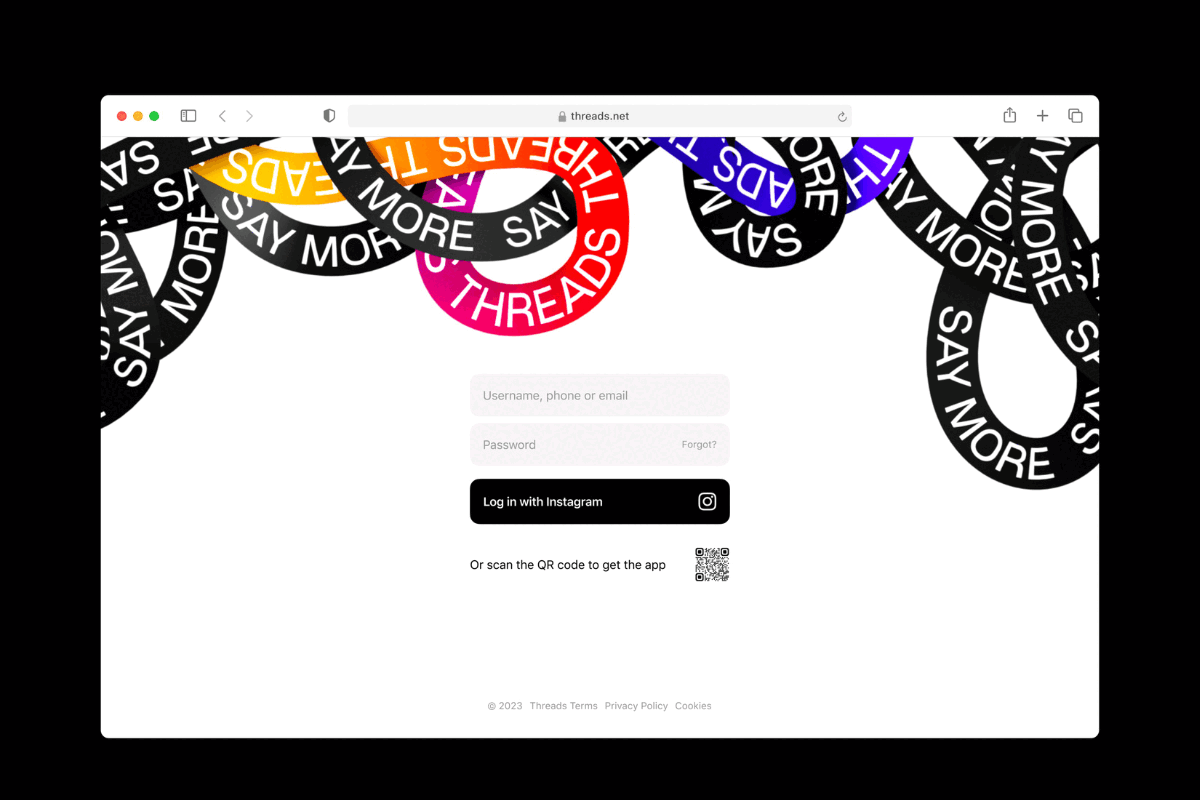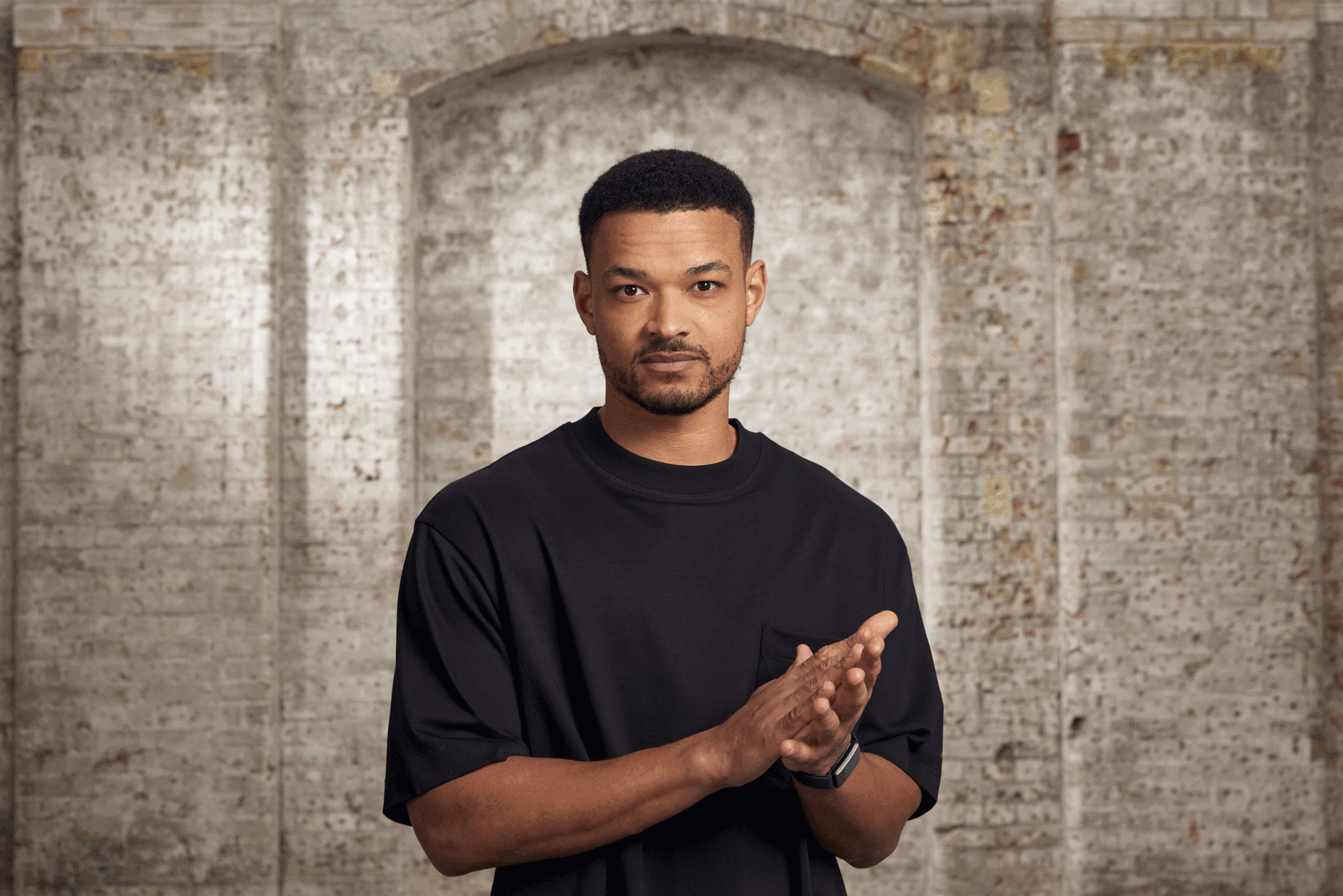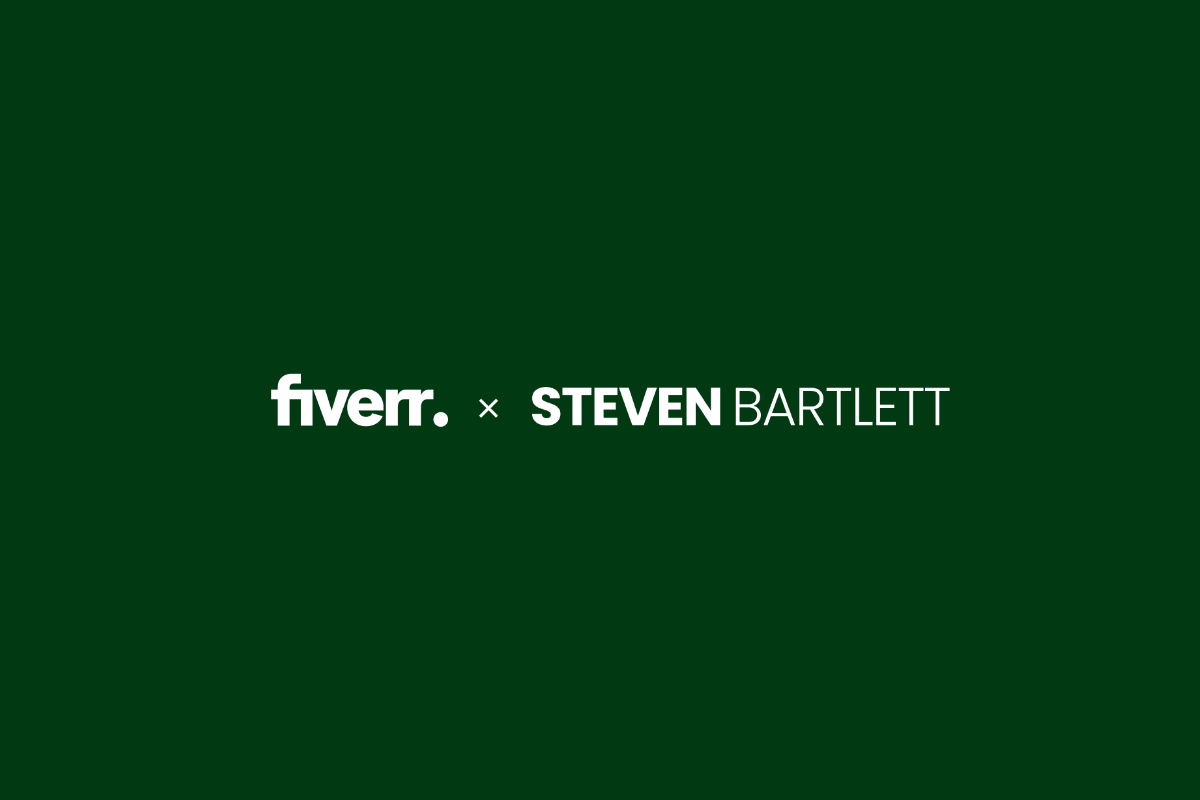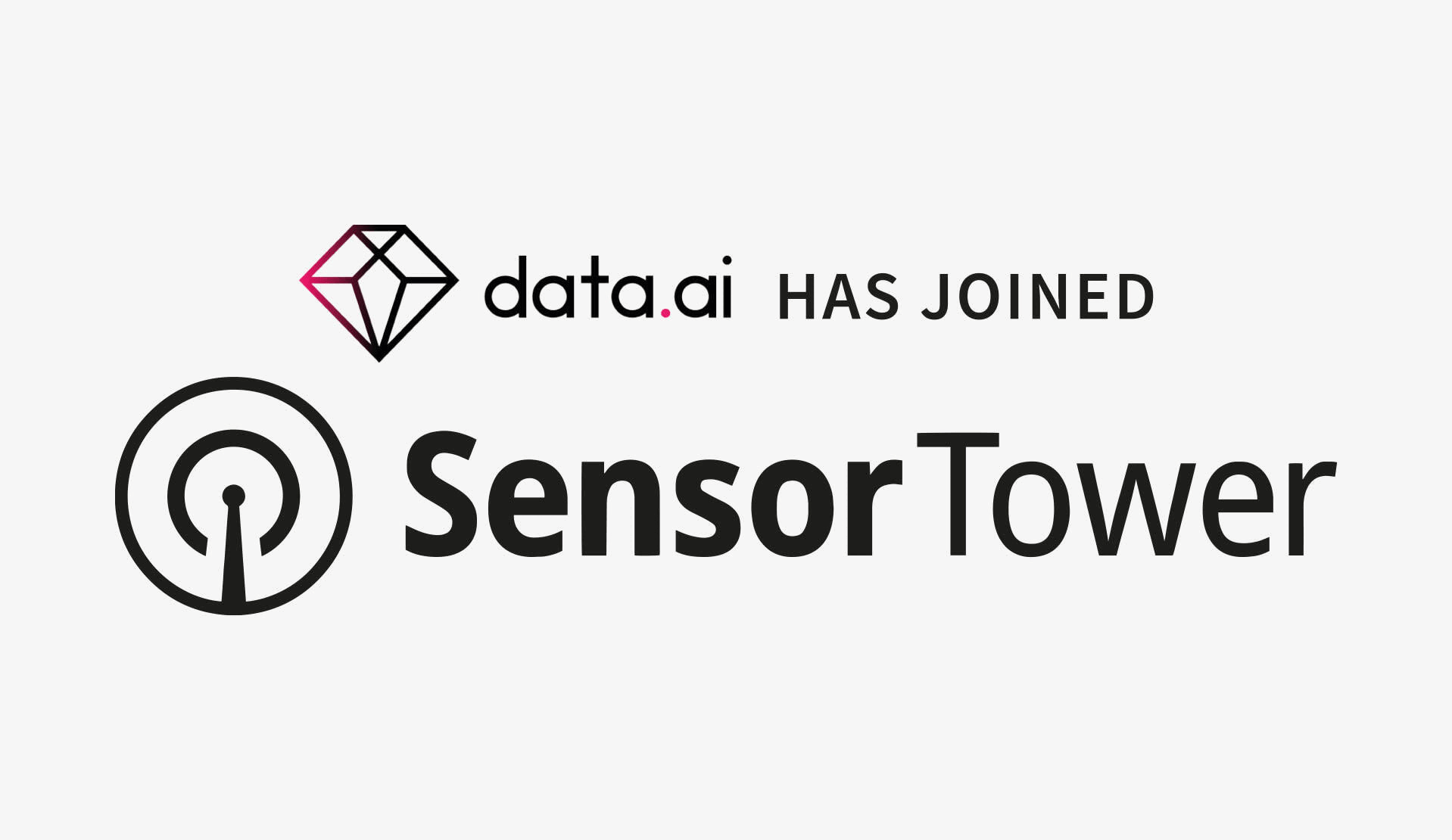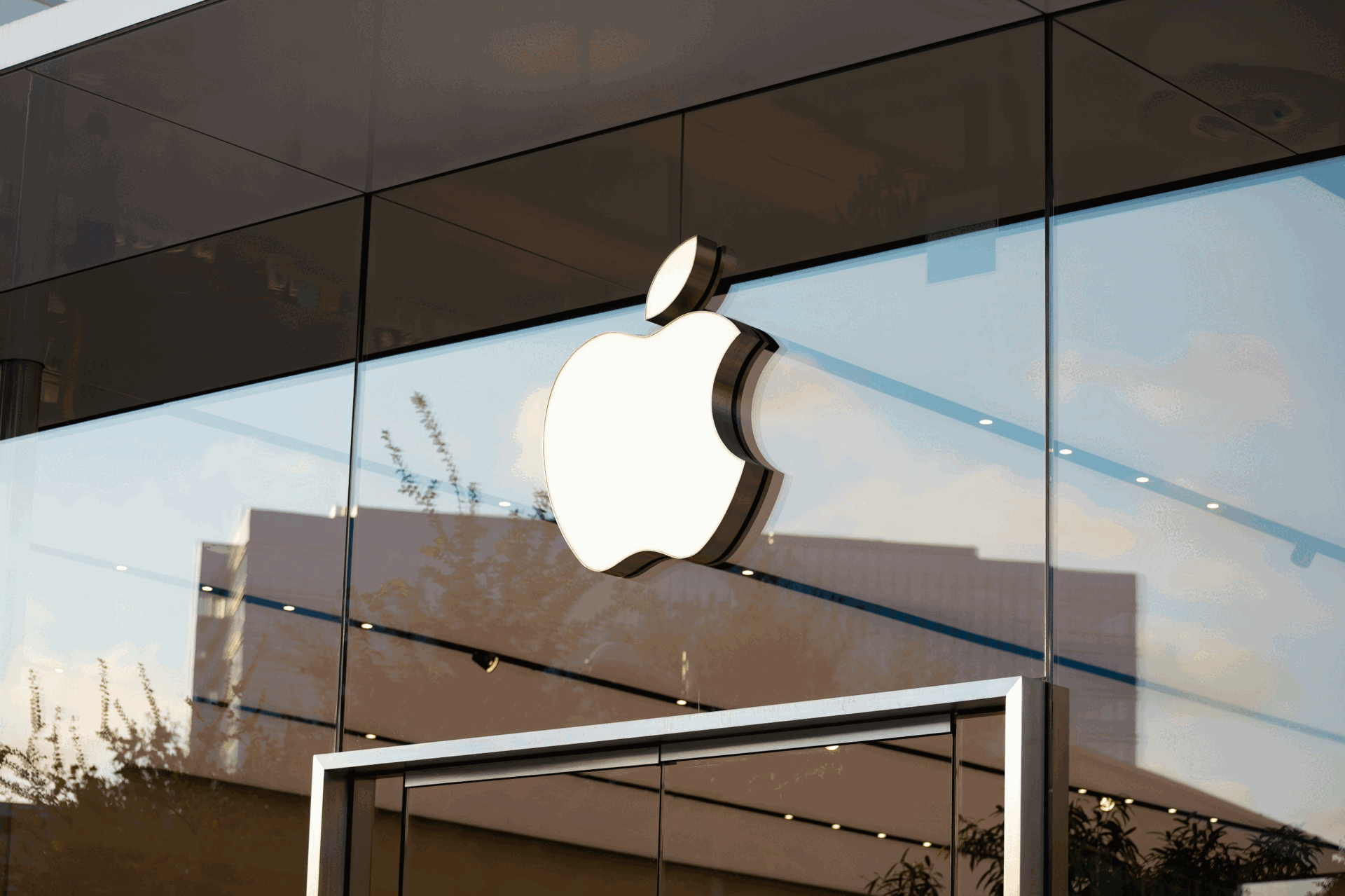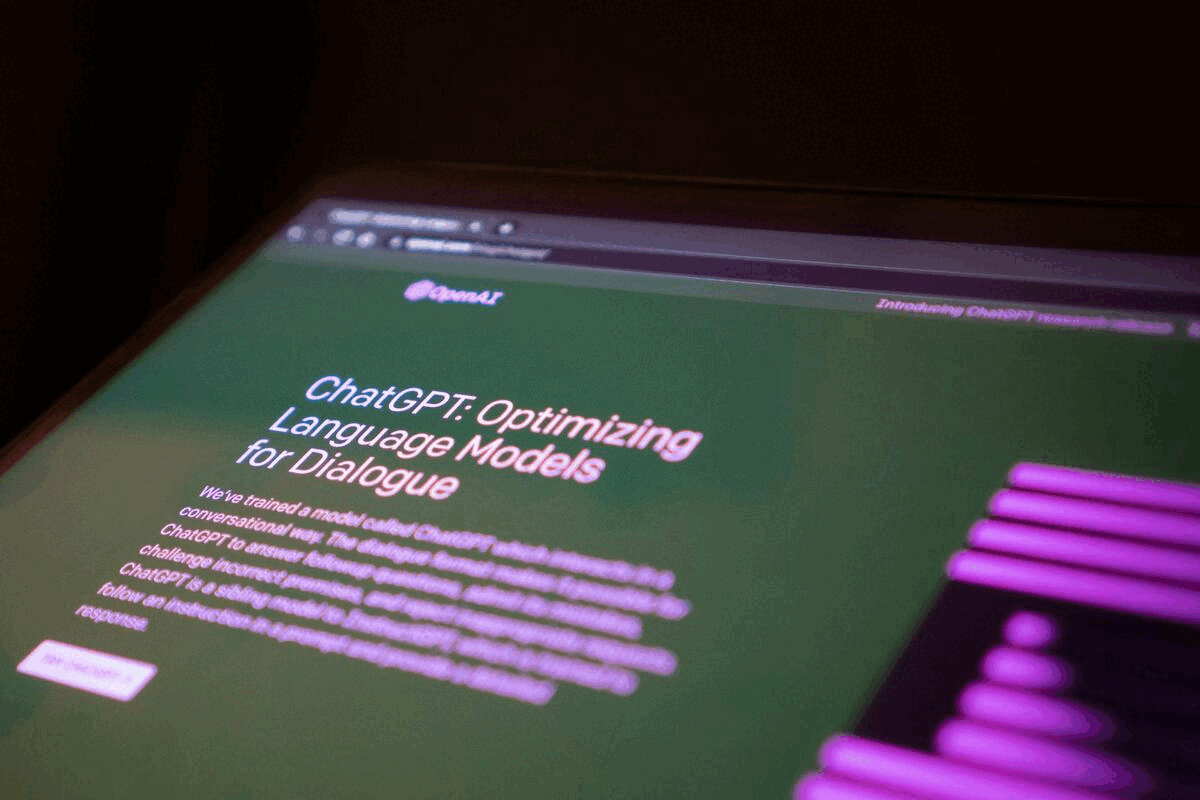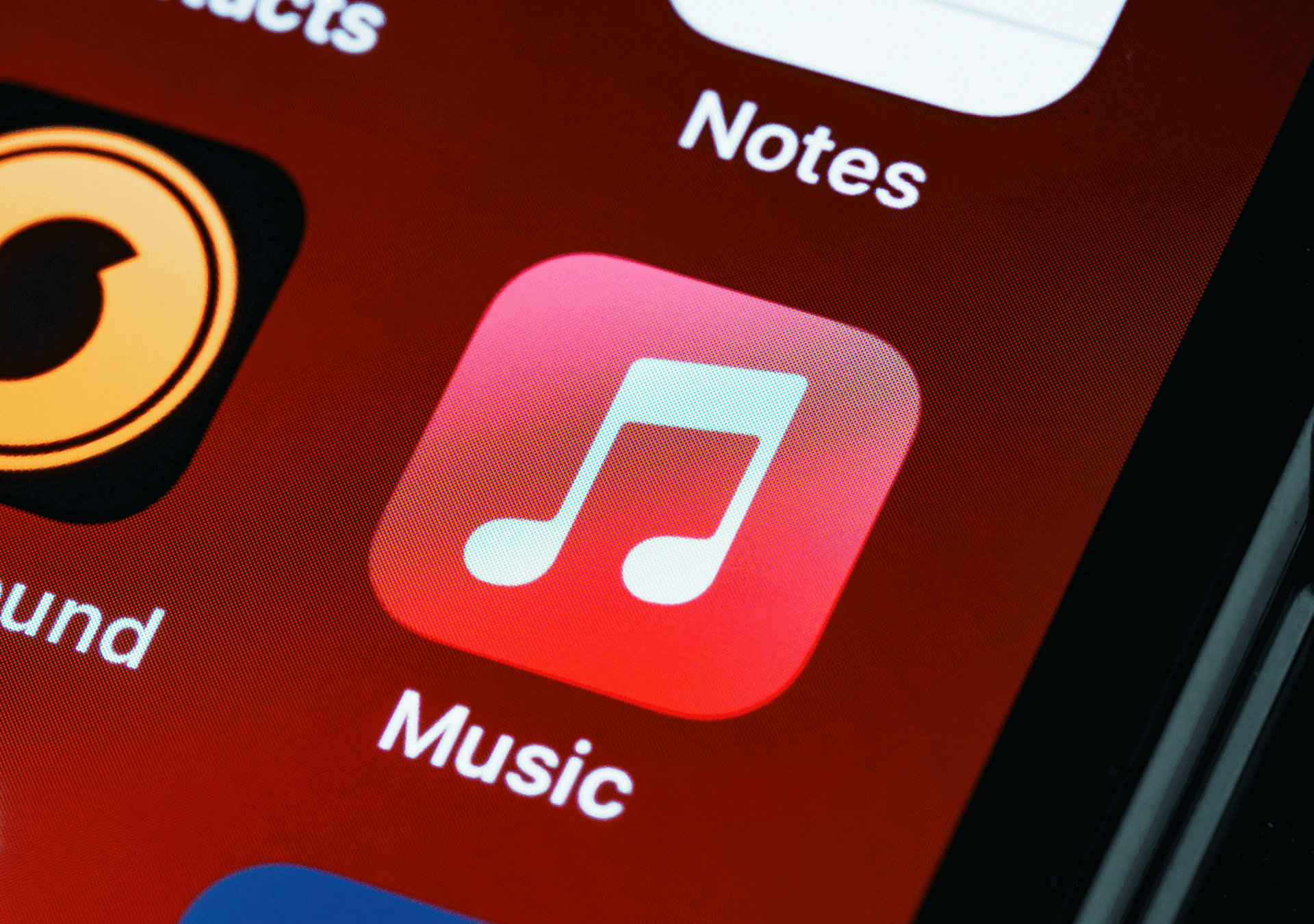CES Highlights: Day Two
- Thursday, January 8th, 2015
- Share this article:
With most of the major announcements made, day two of CES 2015 has given attendees a chance to explore some of the more unusual stands on the various showfloors across the Las Vegas conventions three halls, and take a look at how brands are adapting to the changing face of mobility.
 Oculus
Oculus
Oculus is at CES, demonstrating its new prototype Crescent Bay version of its Rift virtual reality headset, and giving people a chance to try out its latest advances in the realm of immersive media.
The Crescent Bay is a huge leap forward in terms of user experience, eliminating the feelings of nausea that can often result from imperfect immersion in VR and delivering a true sense of presence without any queasiness. The company have called it the first version of the Oculus Rift that surpasses the minimum standards it has set for a consumer launch for a headset, which is still only available to a limited audience.
The improved visual set-up of the Crescent Bay is accompanied by immersive audio technology which improves upon the Rifts, with the soundscape changing as you tilt and move your head in a way that almost perfectly mirrors reality.
 Blackberry
Blackberry
Blackberry used CES to reveal a few more details about its plans to integrate its BBM messaging service into Android Wear devices, enabling users to review and accept BBM invites, view messages and send quick responses using smartwatches.
The software will also enable users to use voice control options, an increasingly common function for smartwatches and wearable technology as companies adapt to smaller screen sizes which cannot use traditional inputs.
BBM was a BlackBerry exclusive for many years, but has expanded to iOS and Android as the company has repositioned itself as an enterprise-first mobility company, offering companies solutions for communication, co-working and data security.
The company also revealed its Internet of Things platform, demonstrating a cutting-edge IoT healthcare device built using its technology. The Nanthealth HBox is a portable medical data device which securely collects data from medical devices and sensors, acting as a hub for medical IoT devices.
 New Technology
New Technology
There has been a wealth of innovative tech on show at CES, with a number of smaller companies receiving attention for their smart solutions or cutting-edge creations.
Flir first demonstrated its thermal imaging technology with a case for the iPhone 5s that enabled the Apple smartphone to take thermal images using its camera. However, this year, it took a leap forward with its Flir One dongle, which connects via Lightning on iOS devices or micro-USB on Android devices, and can transform them all into thermal cameras.
With a companion app, users can take thermal images, use the device as a spot thermometer and, with iPhones, even take thermal selfies, thanks to the reversible Lightning connector.
Vuzix, the enterprise-focused smart glasses manufacturer, announced it has signed a deal with Nokia to bring HERE maps and navigation into apps for its M100 smart glasses.
The partnership will enable developers to create apps for the M100 that take advantage of HEREs detailed data that covers route planning in almost 200 countries, with offline details for over 100 countries, and public transport maps for 800 cities in more than 40 countries.
The M100 smart glasses include both Bluetooth and GPS for precise location tracking, and feature integrated head tracking sensors capable of supporting complex navigation heads-up displays.




